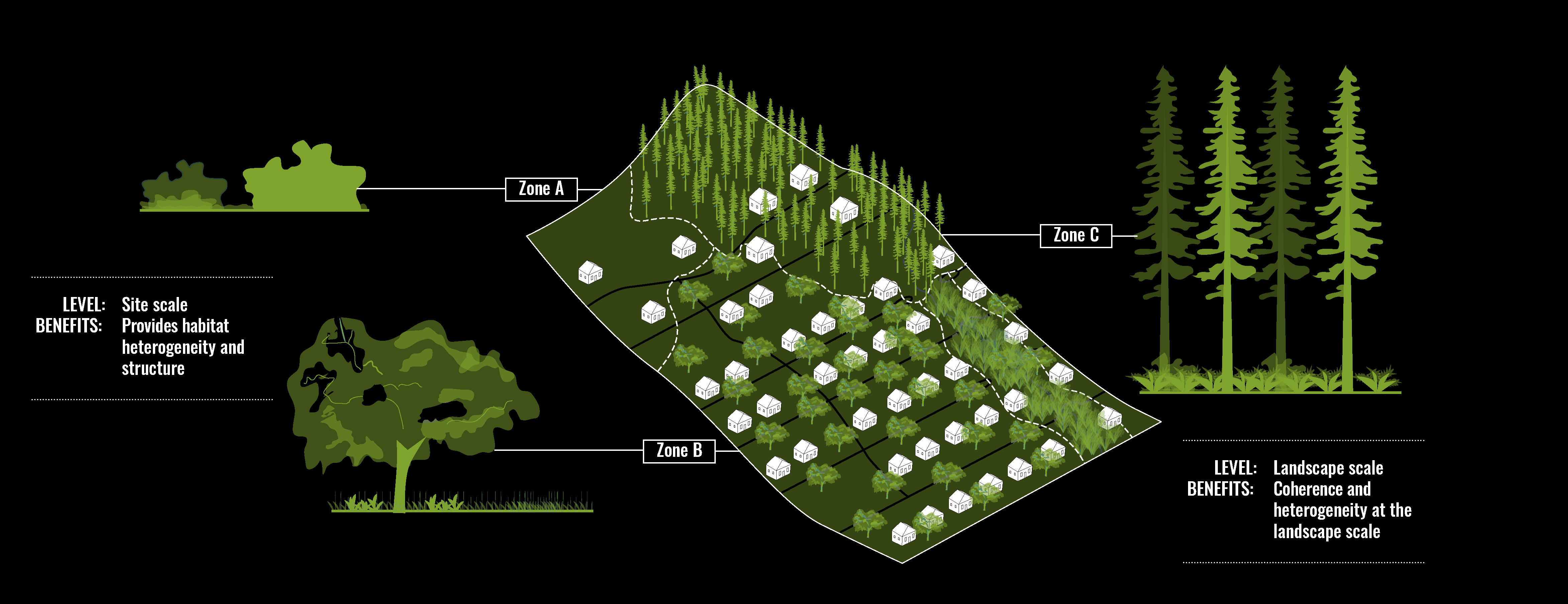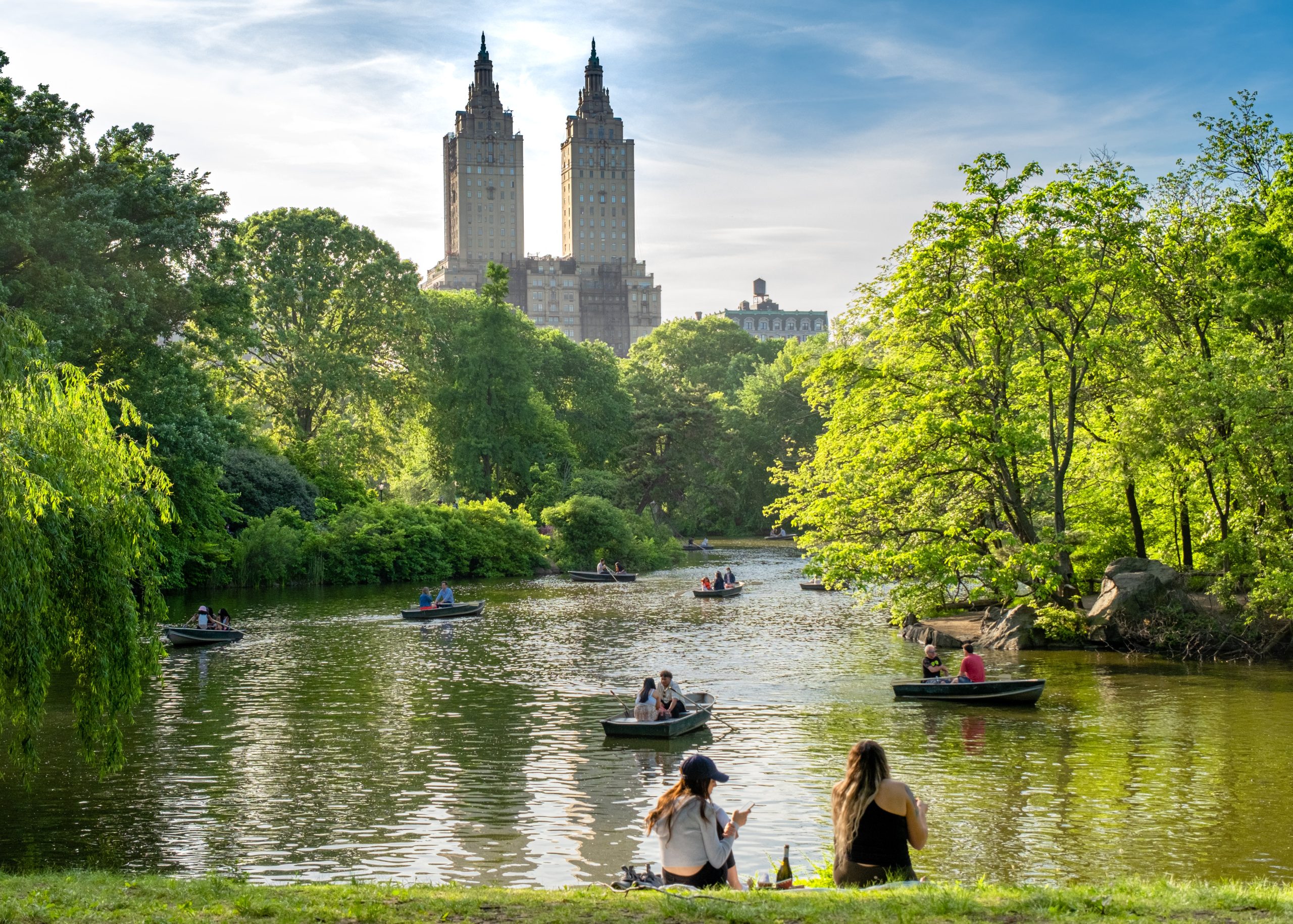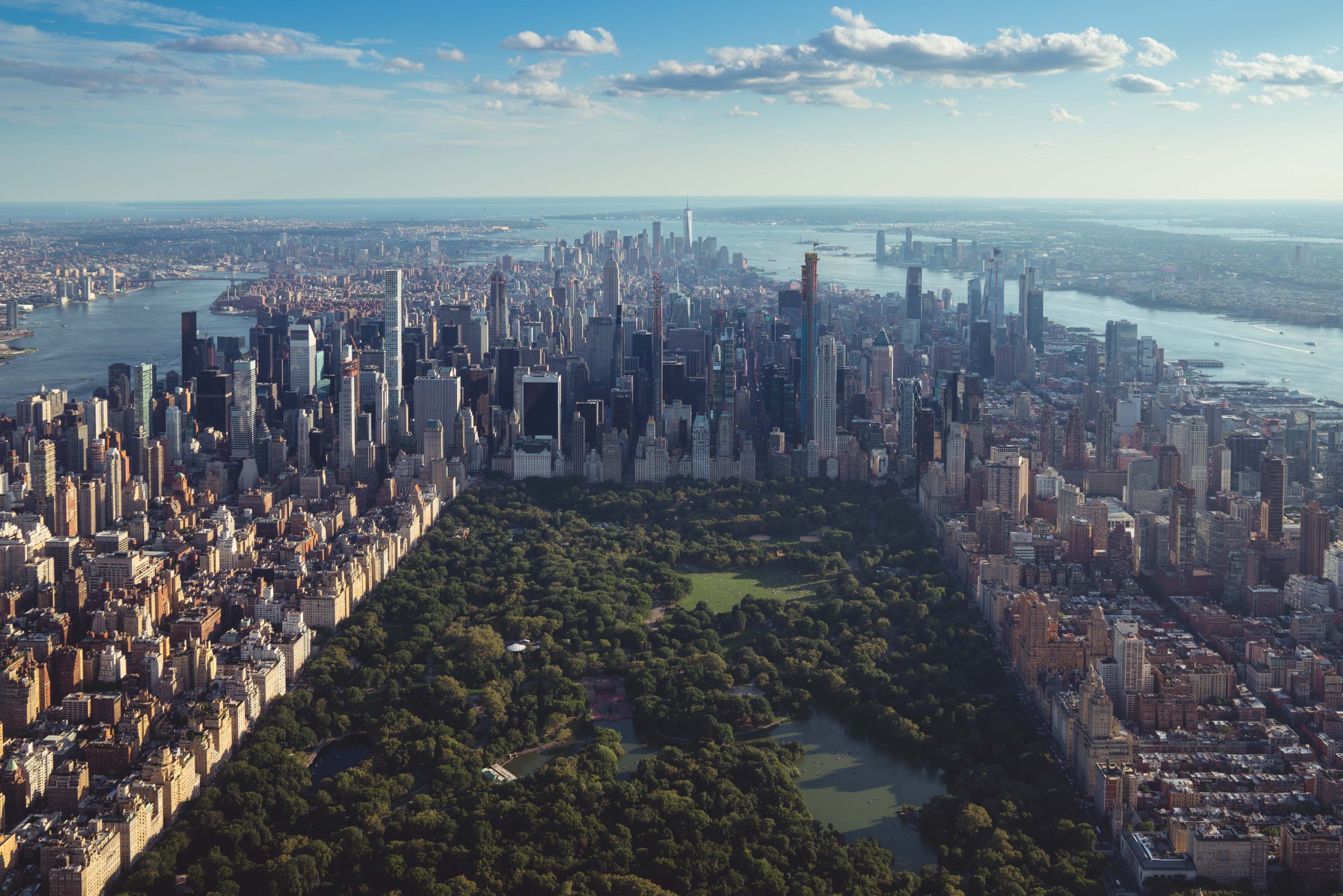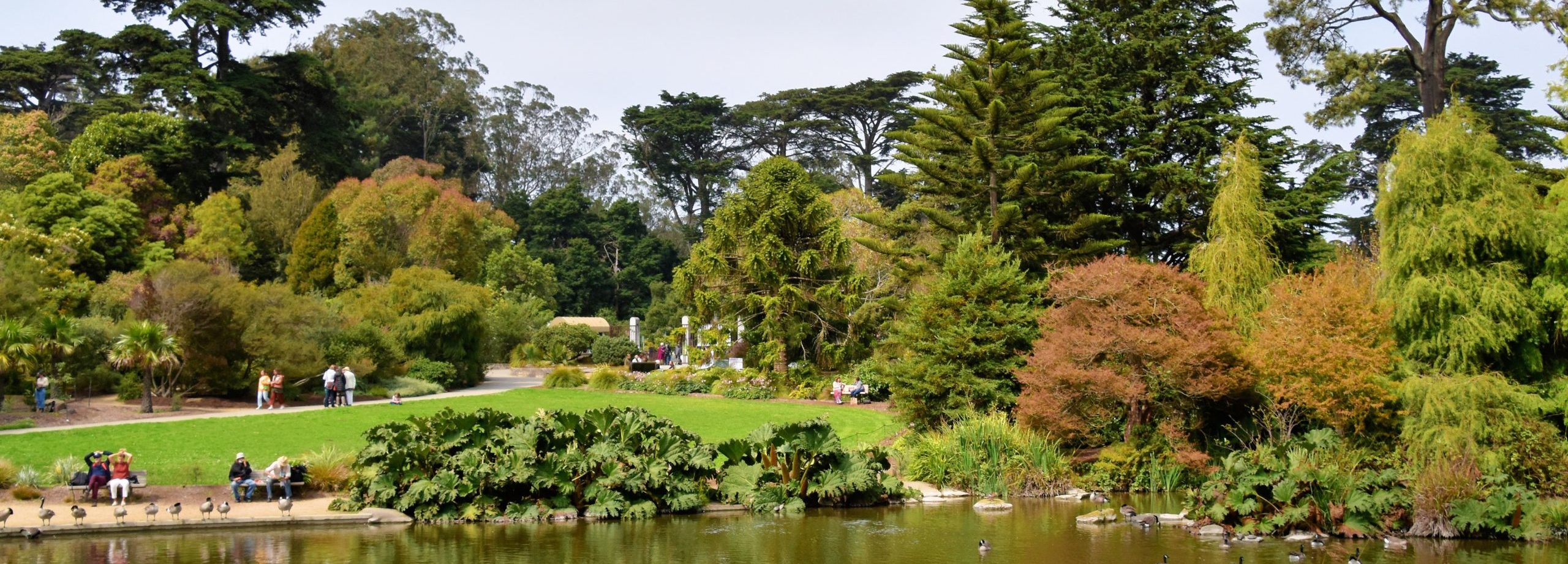Habitat Diversity
Image credits: Marco Verch, CC BY 2.0
Habitat diversity refers to the type, number and spatial arrangement of habitats within the urban area.
Urban areas that restore natural habitat diversity can support greater overall biodiversity. When planning for habitat diversity, it is important to promote both habitat coherence and heterogeneity at the city scale. To create coherent habitats, cities can identify distinct plant communities that are native to the region and develop “habitat zones,” or recommended plant palettes and natural features for each individual habitat type. Creative planning and design can then be used to map where each habitat zone can be planted across the city, based on both what habitat types were present historically and what plant communities are appropriate today and under future conditions. The heterogeneity of habitat zones across the landscape will recreate a rich assortment of resources that support a diversity of native wildlife. Protecting and augmenting rare native habitats in cities can be particularly beneficial for habitat specialists, which may be especially vulnerable to habitat loss.
Elements of habitat diversity that are important to incorporate across all scales—from the site scale to the city scale—are spatial complexity, vertical structure, and physical features. Spatial complexity is the degree of heterogeneity of distinct plant communities across the landscape. Vertical structure refers to the number of vertical layers of vegetation, from herbaceous cover to canopy cover, and cities can support more biodiversity by creating a rich diversity of vertical structure. Physical features, such as rock piles, ponds, and streams, are also valuable habitat elements to diversify across the landscape.

Relevant Planning and Design Strategies
The Urban Biodiversity Framework identifies seven key landscape elements that, when integrated together into urban design and planning, have the greatest chance of supporting the greatest number of species. Each element is related to various strategies from the urban planning, site design, and detailed design chapters.
- All Strategies
- Urban Planning
- Site Design
- Detailed Design



